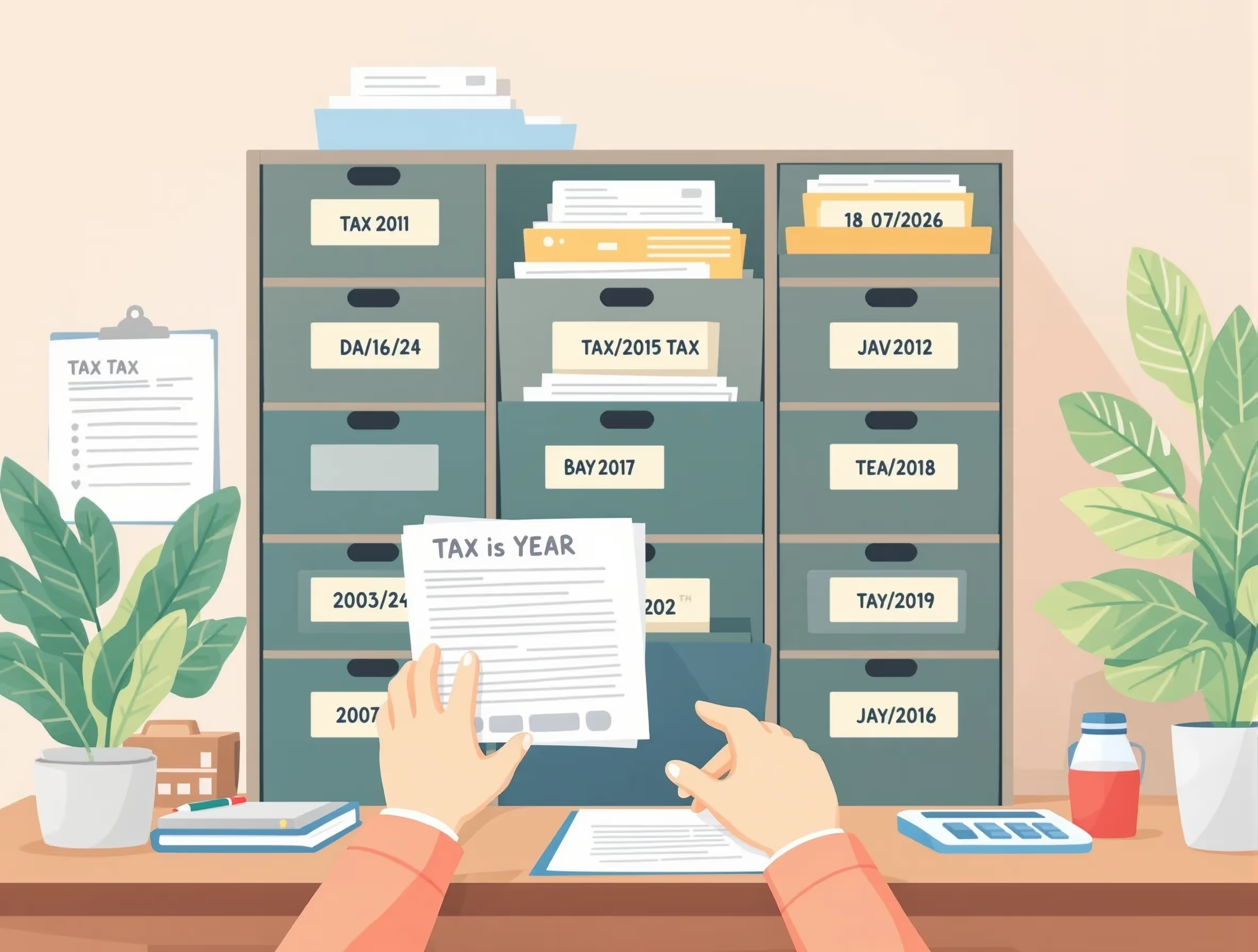
What Form 8858 Is For
U.S. taxpayers use IRS Form 8858 (2022) to report financial details about foreign disregarded entities (FDEs) and foreign branches (FBs) they own or operate. The IRS uses the form to monitor international tax compliance, ensuring the proper disclosure of income, expenses, and transactions with related entities for U.S. tax purposes.
An FDE is a foreign entity that is considered a part of its tax owner, whereas an FB is an overseas extension of a domestic business. Taxpayers must share important information, such as the income statement, balance sheet, and any transactions with related parties, typically supported by Schedule M, which tracks activities between companies.
When You’d Use Form 8858
You must file IRS Form 8858 (2022) if you are a U.S. person—including an individual, domestic corporation, or partnership—who owns or operates a foreign disregarded entity (FDE) or a foreign branch (FB) during the tax year. This form ensures that all income, expenses, and transactions from these foreign entities are reported adequately for U.S. tax purposes and included in your federal income tax return.
Every day, filing situations include:
- Direct ownership: You must file if you are the tax owner of an FDE or if you directly operate a foreign branch.
- Indirect ownership: You must file if you own or control an entity through a controlled foreign corporation (CFC), controlled foreign partnership (CFP), or another related entity.
- Multiple owners: When several U.S. owners are involved, one filer may submit the form on behalf of all owners, as per IRS guidelines.
- Deadlines and penalties: Form 8858 must be filed by the due date of your annual tax return. Late submissions can result in fines of $10,000 per entity, which may also impact your foreign tax credits.
Key Rules or Details for 2022
For the 2022 tax year, U.S. taxpayers must follow specific filing requirements when they file Form 8858 for each foreign disregarded entity (FDE) or foreign branch (FB). The IRS requires accurate reporting for every separate entity, ensuring compliance with international tax obligations.
- Separate filing: Each direct owner—whether an individual, domestic corporation, or U.S. or foreign partnership—must submit a separate form for every FDE or foreign branch, attaching it to their entire tax return or the personal tax return of the owner.
- Accounting and currency: Information must reflect the entity’s annual accounting period and functional currency, converted using an average exchange rate from the foreign country.
- Required schedules: Filers complete Schedule C, Schedule G, and Schedule I to report net income, taxable income, and foreign income taxes paid, including related party transactions with other related entities.
- Compliance and Penalties: Failure to meet reporting requirements or fulfill filing obligations may result in criminal penalties. Accurate data ensures compliance with related regulations and reflects the entity’s trade or business activity for U.S. tax purposes.
Step-by-Step (High Level)
- Identify whether you have an FDE or FB, and confirm you are among the U.S. taxpayers required to report for U.S. tax purposes in the same tax year.
- Determine the qualified business unit status of the entity and note any qualified business units you manage or operate foreign branches through.
- Start the filing form by entering only the identifying information, including the FB's principal business activity, entity classification election status, and the entity's functional currency.
- Gather records for a summary income statement, balance sheet, and international tax forms that relate to related-party activity, foreign estates, or items subject to the income inclusion rule or potential dual consolidated loss.
- Complete the entire form and attach it to your owner's personal tax return or business return, coordinating this tax filing with other schedules so your tax liability reflects all required disclosures.
- Review disclosures for consistency and ensure you file Form 8858 with accurate figures. Double-check currency conversions and cross-reference them with other returns to ensure compliance and prevent mismatches.
Common Mistakes and How to Avoid Them
Many U.S. taxpayers make errors when completing Form 8858, often because of overlooked details or misinterpreting filing requirements. Below are the most frequent mistakes and ways to avoid them:
- Not realizing Form 8858 applies: Even small or inactive Foreign Disregarded Entities (FDEs) and foreign branches (FBs) must be reported. Avoid such errors by reviewing all foreign interests each year and confirming your filing status before submitting returns.
- Filing one form for multiple entities: Each FDE or FB requires a separate form. Prepare a checklist of all foreign entities and confirm that each has its form before submission.
- Missing identification details: Filers often omit reference IDs or use the wrong functional currency. Verify all identifying information and currency exchange rates before completing the form.
- Incomplete Schedule M or related schedules: Maintain detailed records of related-party transactions throughout the year and reconcile totals with the form’s schedules before filing.
- Late or incorrect filing: Missing deadlines can trigger substantial penalties. Mark tax calendar reminders early and confirm receipt confirmations with the IRS after submitting your return.
What Happens After You File
Once U.S. taxpayers submit Form 8858, the IRS reviews it as part of the filer’s complete return to ensure compliance with U.S. tax purposes. The information helps confirm that income, expenses, and transactions from any U.S. or foreign partnership or foreign disregarded entity are appropriately reported.
All figures must align with other tax forms and be accurately converted from foreign currency using approved exchange rates. The IRS may request additional documentation if inconsistencies arise. Inaccurate filings, late submissions, or missing details can result in potential penalties, increased review, or loss of benefits, such as foreign tax credit eligibility.
FAQs
What is a foreign disregarded entity?
A foreign disregarded entity is a business formed under foreign law that isn’t treated as separate from its U.S. owner for tax purposes. All income, deductions, and expenses are reported directly to the owner on the U.S. return.
Do I need to file for multiple foreign disregarded entities (FDEs) in the United States?
Yes, each of your foreign disregarded entities (FDEs) requires a separate Form 8858 filed for the same annual accounting period, even if they are part of the same business group or share ownership.
What if I operate a foreign branch instead of a separate entity?
You must still file Form 8858 if you run a foreign branch, since its activities must be disclosed to the IRS as part of your international tax reporting requirements.
How do foreign tax credits apply to Form 8858?
Proper filing ensures that foreign tax credits are preserved. Late or incomplete submissions may result in reduced credits or potential penalties that impact your overall tax liability.
What schedules do I complete for income reporting?
You’ll need to include a detailed income statement and complete Schedule I to report taxable income and foreign income taxes paid. These connect with Schedule M, which discloses transactions with related entities and foreign corporations.
























